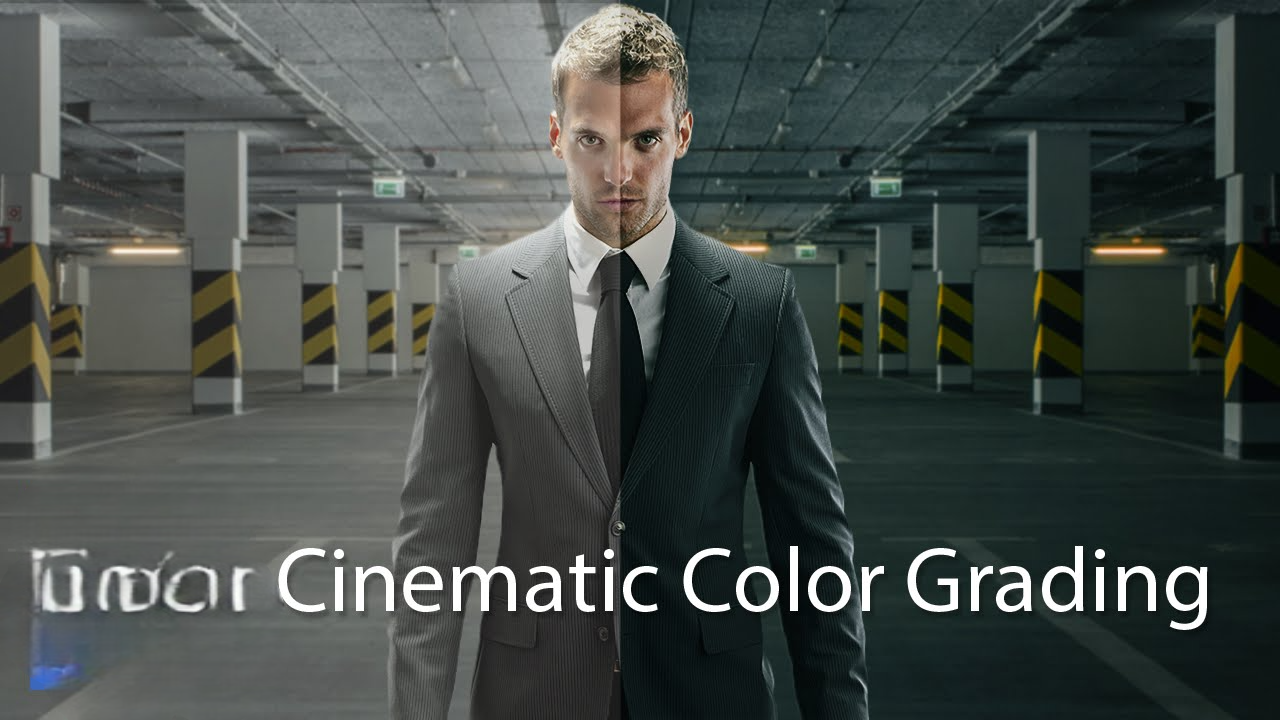Cinematic filters and colour grading have transformed the way visual stories are told in films, videos, and social media content. These techniques add mood, depth, and emotion to footage that would otherwise appear flat or lifeless. By altering the tones, contrast, and color balance, creators can guide the viewer’s emotional response without a single word being spoken.
Colour grading isn’t just about making footage look beautiful; it’s about storytelling. A warm, golden tint can evoke nostalgia or joy, while cold blue tones can suggest isolation or tension. The grading process often starts with correcting any inconsistencies in lighting and color, followed by applying a creative look that supports the story’s tone.
Filmmakers use filters and grading styles to replicate the aesthetics of old film stock, modern blockbusters, or dreamy indie films. Even in short reels and YouTube videos, creators now invest time in colour grading to give their content a professional and cinematic appearance. It helps differentiate their visuals from the raw and unedited content that floods online platforms.
The rise of mobile editing apps has made cinematic filters more accessible to everyday users. Apps like VN, CapCut, and Lightroom allow users to apply dramatic filters or make subtle adjustments with ease. This has created a generation of creators who understand visual tone and mood, even without traditional filmmaking training.
Lighting plays a crucial role in how colour grading turns out. A well-lit scene allows for more flexible and effective grading, giving the editor room to experiment with shadows, highlights, and midtones. Shooting in flat or log colour profiles is common practice among professionals to retain maximum detail for grading later.
Every genre has its own signature grading style. Horror films often use desaturated tones and heavy contrast, while romantic dramas lean into soft pastels and golden light. Action movies prefer sharp, high-contrast looks with bold color pops, helping the fast-paced visuals feel more intense and energetic.
Social media platforms now reward aesthetic content with higher engagement. Viewers are more likely to stop scrolling for a video that looks polished and cinematic. This demand has led content creators to study the art of colour grading, making it an essential skill in the digital space.
Consistency in grading is also key, especially for brands or creators who want to maintain a unique visual identity. Whether it’s a YouTube channel or an Instagram profile, using the same cinematic look across content helps build recognition and a stronger connection with audiences.
Colour grading also allows creators to fix issues that occurred during shooting. Uneven lighting, wrong white balance, or exposure problems can be corrected to some extent during the grading process. While it’s not magic, it’s powerful enough to elevate the final output significantly.
Ultimately, cinematic filters and colour grading are tools for visual storytelling that go beyond aesthetics. When used thoughtfully, they can turn even ordinary footage into something emotionally powerful and memorable. It’s not just about how things look—but how they make the viewer feel.
In recent years, LUTs (Look-Up Tables) have become a go-to shortcut for many editors seeking instant cinematic looks. These files allow creators to apply a specific color style with a single click, saving time while ensuring a professional feel. However, using LUTs blindly without tweaking can make footage look overdone or unnatural.
Professional editors often customize these LUTs or build their own grading presets from scratch. They take time to balance skin tones, preserve natural highlights, and control shadows to suit the story’s emotion. The goal is not to make the footage look flashy, but to make it feel real and immersive.
Even small changes in saturation or temperature can completely shift a viewer’s perception of a scene. A slightly warmer image feels hopeful, while a cooler one might evoke suspense. Colour grading is a silent language that speaks to emotions through visual tone.
The psychology behind colour choices plays a huge role in editing. Red can feel intense or romantic, blue can feel calm or lonely, and green might suggest mystery or nature. Editors use this colour psychology as a hidden tool to support the narrative and character emotions.
Many beginner editors make the mistake of over-grading their footage. Strong tints, heavy contrast, or extreme filters can ruin the natural depth of an image. The art of grading lies in subtlety — enhancing the mood without overpowering the visuals.
In today’s content-driven world, even wedding videos, travel vlogs, and product reels use cinematic grading. It adds richness and storytelling to what could otherwise be just regular footage. Viewers may not always notice the grading, but they always feel its impact.
As creators grow, they begin to develop a personal visual style through consistent colour choices and grading methods. This identity becomes part of their brand, making their videos instantly recognizable. It’s a subtle but powerful way to build trust and visual familiarity with the audience.
While technology has made colour grading easier, creativity still comes from the editor’s vision. Tools can enhance, but only ideas bring emotion. The best cinematic looks always begin with a clear story or feeling in mind, and grading becomes the final brushstroke.
Practicing grading with raw footage helps creators understand the impact of each setting — from contrast curves to hue shifts. With time, they learn what works best for certain moods or platforms. Grading then becomes second nature, like adding emotion with light and colour.
In the end, cinematic filters and colour grading are not just technical steps — they are expressions of emotion. They help storytellers across all levels, from filmmakers to Instagram editors, to connect with their audience more deeply. A well-graded video doesn't just look good — it feels unforgettable.

